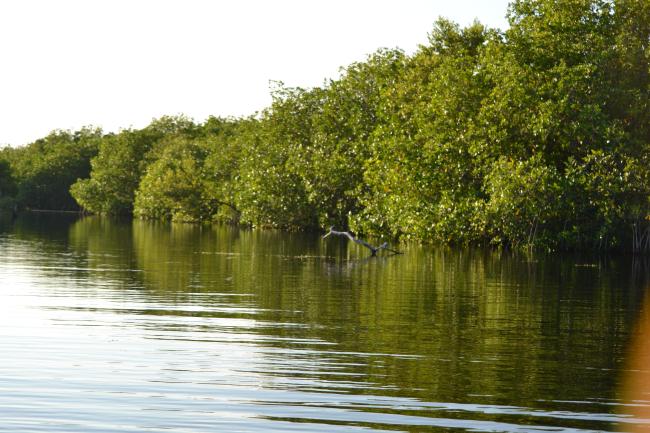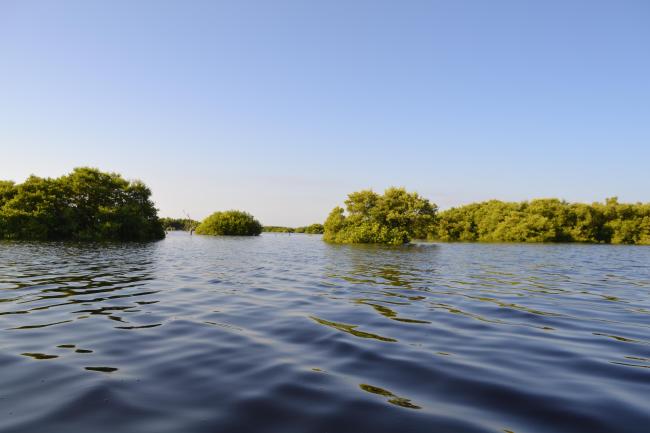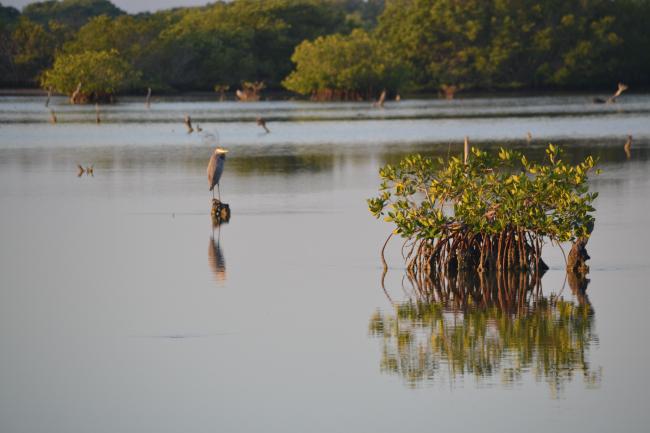Reserva Estatal Ciénagas y Manglares de la Costa Norte de Yucatán
Reserva Estatal Ciénagas y Manglares de la Costa Norte de Yucatán
- Country:
- Mexico
- Site number:
- 2468
- Area:
- 54,776.7 ha
- Designation date:
- 02-02-2022
- Coordinates:
- 21°14'26"N 89°38'45"W
Carousel
CarouselMaterials presented on this website, particularly maps and territorial information, are as-is and as-available based on available data and do not imply the expression of any opinion whatsoever on the part of the Secretariat of the Ramsar Convention concerning the legal status of any country, territory, city or area, or of its authorities, or concerning the delimitation of its frontiers or boundaries.
The Site is an important biological corridor made up of various ecosystems including turtle grass, mangrove, petén (islands of trees surrounded by marshland), lowland forest, savannah and low deciduous forest. The predominant wetlands feature three mangrove species (Rhizophora mangle, Avicennia germinans and Laguncularia racemosa), which are the most extensive and representative in the area. This variety of habitats supports a significant number of plant and animal species. Some of them are globally threatened such as the Yucatan killifish (Fundulus persimilis) and the blind swamp eel (Ophisternon infernale), both listed as endangered; and the vulnerable Atlantic horseshoe crab (Limulus polyphemus) and golden silverside (Menidia colei) which are endemic species. The Site hosts a large number of waterbirds, including the American flamingo (Phoenicopterus ruber) and the reddish egret (Egretta rufescens). It also supports the 50,000 people who live within it and who have based their economic activity on fishing, salt mining, and, recently, tourism. The Site’s main challenge is the deterioration of the mangroves. However, with its inclusion in the Ramsar List, all the wetlands on the coast of the State of Yucatan are now protected.
- Reserva Estatal - Ciénagas y Manglares de la Costa Norte de Yucatán
- MX2468RIS_2211_es.pdf
- MX2468_map211227.pdf
- MX2468_map211227.jpg














